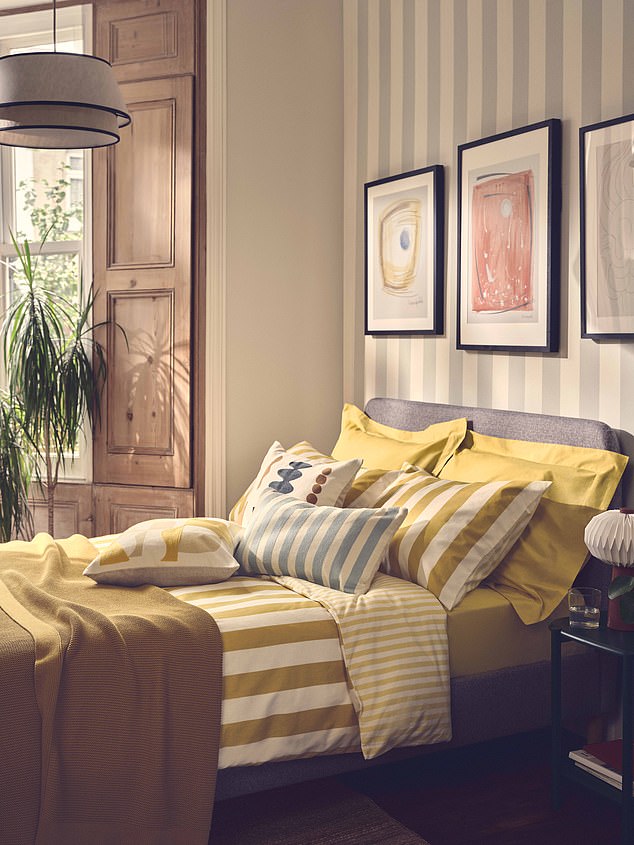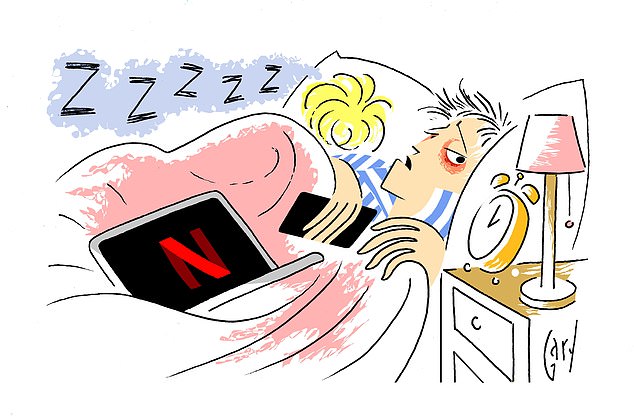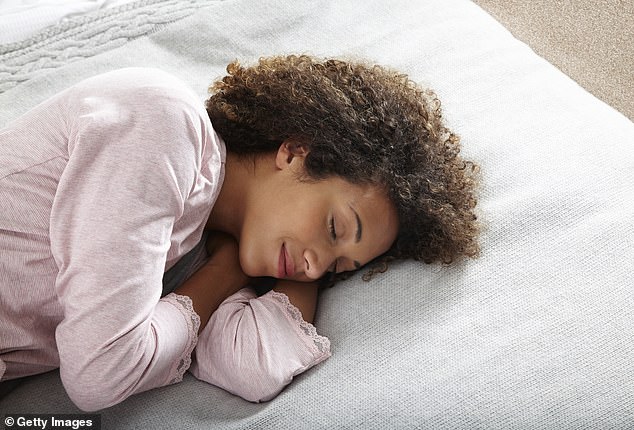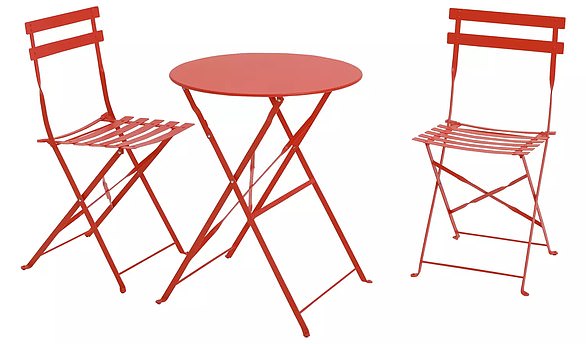World Sleep Day took place last week, serving as a reminder that peaceful sleep is now a rare commodity, with up to a third of workers getting too little or poor sleep.
Such is the desire for eight uninterrupted hours that sleep-friendly design is quickly becoming a key requirement in luxury apartment projects.
“Sleep quality is extremely important to most of our buyers, which is why we design our rooms with exceptional sleep-enhancing features,” says Alex Michelin, co-founder and managing director of London-based developer Valouran.
“These include high levels of sound protection between floor tiles and within walls to prevent sound transfer between rooms and apartments, as well as windows with noise reduction features built into their design to ensure low decibel levels everywhere, but especially in bedrooms.”
Valouran installs blackout blinds and curtains to prevent unwanted light from entering rooms, as well as sumptuous shag rugs or carpets to absorb any unwanted noise.

Colorful bedding could improve your mood. Pictured: a yellow John Lewis board


Many believe that phones, laptops and TVs in the bedroom are to blame for the country’s excessive fatigue.
You may not be able to copy all of these steps, but you can still embark on a sleep-focused home makeover by hanging blackout curtains and placing rugs over the carpet to dampen noise.
You can also take feng shui measures to improve your space, by adding plants and making sure your bed is positioned so that your head is near a solid wall.
Andrew Dunning, of interior design studio London Contemporary, says decluttering should be a priority.
“Invest in good storage in the bedroom that will encourage you to put everything away. Don’t have a TV in the bedroom and streamline the number of chargers for your devices.
Dunning’s advice reflects the belief that bedroom phones, laptops and TVs are to blame for the country’s overtired state. Reed Hastings, Netflix’s chief executive, acknowledged this, noting, “We’re competing with sleep.”
You may not be able to break the habit of binge-watching thrillers in bed. But you can counteract some of these harmful effects with paint and wallpaper. Dunning advises: “Be gentle when choosing your color palette. Now is not the time to get in touch with your wild side. Pale pastels will put you to sleep.


At John Lewis you can book a 45 minute sleep appointment where everything from bedtime routine to lighting is discussed.
In response to demand from sleep-deprived people, retailers are offering everything from special consulting services to temperature-regulating bedding: the “global sleep economy,” consisting of beds, bed linens, masks for eyes and other aids for better rest, is expected to reach £460 billion ($585 billion) by next year.
At John Lewis you can book a 45 minute sleep appointment where everything from bedtime routine to lighting is discussed.
Couples with opposing views on mattress firmness may be recommended a “dual tension” mattress with different firmness levels on each side. Those who disagree over temperature – one partner is always hot, the other freezing – might be advised to adopt the Scandinavian practice of separate duvets.
Some people are happy to spend money on goose down duvets – £230 to £430 at The White Company – because they are warm but breathable and conform to the shape of the body.
Alternatives include the M&S Body Temperature Control bedding range which promises to keep you warm in winter and cool in summer. A 10.5 tog duvet costs between £49.50 and £69.
Wool duvets also have their fans, as they claim to provide 25% more REM (rapid eye movement) sleep.
Prices at Woolroom for the washable version of this range start at £139 (thewoolroomcom). A weighted blanket (weighted with plastic pellets) hugs you more tightly. The 9kg version of Silentnight costs £45 at Wayfair (wayfair.co.uk).
The sheer number of pillow types almost matches that of duvets, but the 140 per cent year-to-date increase in sales of specialist support pillows at John Lewis highlights the level of demand. The £120 John Lewis Talalay Latex Standard Pillow promises to align your spine. At M&S you’ll find Sleep Solutions pillows (£22.50-£50) which come in different shapes for back or side sleepers.
Peter Robinson of The White Company advises: “If you sleep on your back or stomach, you need a pillow that is soft, not too thick and conforms to the shape of your head and neck, providing gentle support.” .
“If you sleep on your side, you need a denser pillow, or two pillows, to keep your head aligned with your spine.”
After creating a bedroom that is a peaceful haven, all you need is the right lighting. Bulb brightness is measured in lumens. While 1,000 lumens may be necessary in a living room, 400 lumens (available from a 6-watt LED bulb) should get you reading.
Your nightstand should be the same height as the top of your mattress so you can easily turn off the lamp when you slip into wink land.

